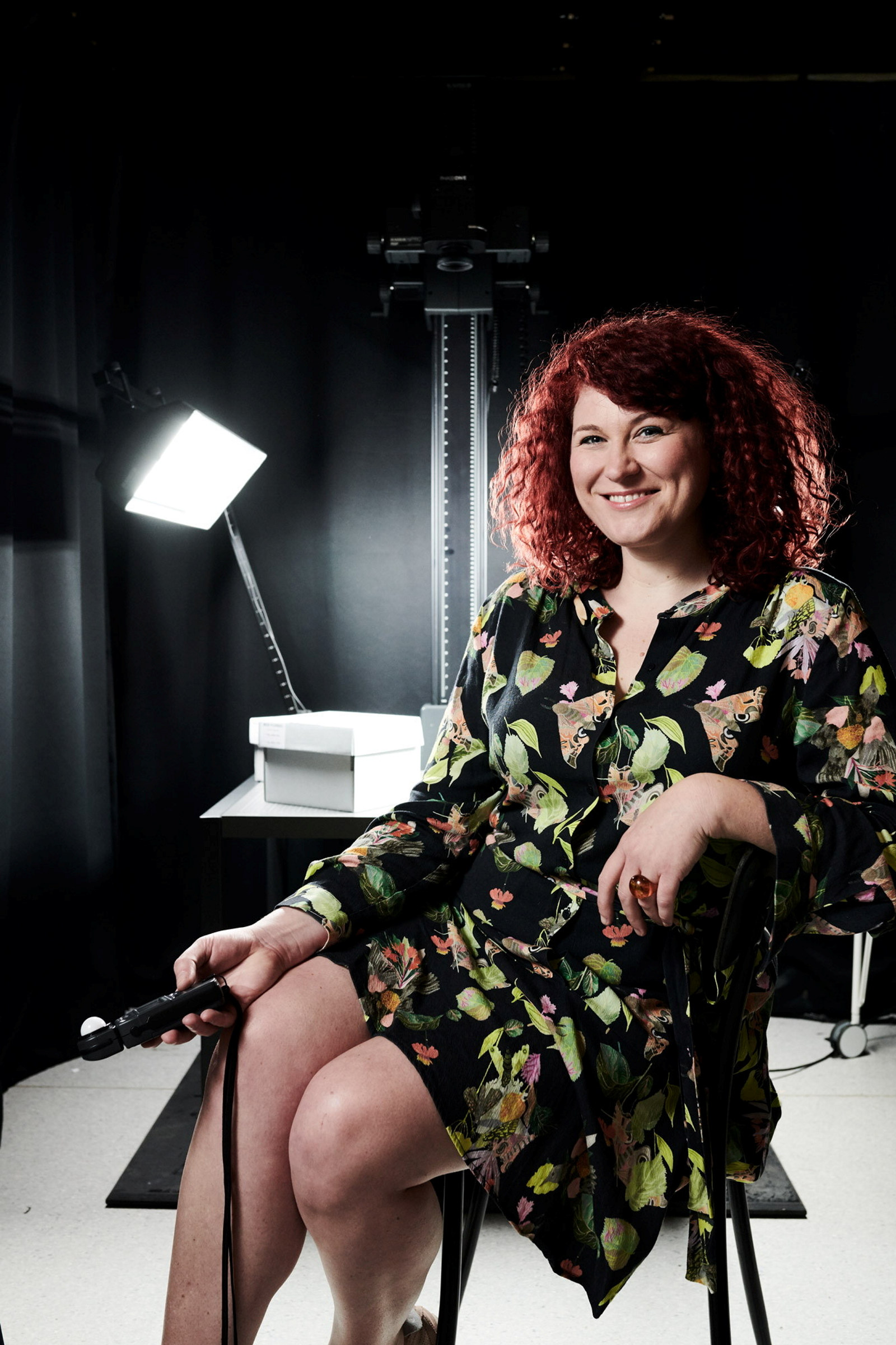Vali Myers: teenage Ikon in street photograph
Two young women stride confidently, hand in hand, up Sydney’s Martin Place on a sunny winter’s day in 1950.
Both wear trousers with jackets and flat shoes and carry satchels. The woman on the left has distinctive dark, arched eyebrows framed by a fringe and loose tresses of hair. Her cool, knowing look is starkly different from that of her companion, who appears to giggle. They approach a waiting street photographer, directing their attention to the camera. The shutter clicks. After this encounter, the photographer would have offered them a card with an invitation to view – and purchase – the picture. One of the women might have taken the card, or maybe not. We do not know if this image was seen by either of the subjects, or even if it was printed. The negative survives in a collection of 127 rolls of processed film containing almost 5000 street photographs taken by a long since closed business named Ikon Studio.
Seventy years later, this digitised negative was posted in an online photo gallery by Sydney Living Museums and almost immediately the woman with the striking face was identified as Vali Myers (1930–2003), a Melbourne woman who achieved international celebrity in the 1950s and 60s as a dancer, artist, bohemian and muse. The woman photographed with Vali remains unidentified.
Vali Myers was not quite 20 years old when the photo was taken in June or July 1950, but she was already a leading dancer for the Melbourne Modern Ballet Company, performing at Melbourne’s Union Theatre, Town Hall and Assembly Hall. Although she had trouble remembering dance steps (to the horror of her teachers), her technique was described as exceptional, and her natural talent and personal flair allowed her to improvise expertly.1 Having proven herself as a professional dancer locally, she wished to pursue a career in Paris.
The Ikon Studio photograph was taken just before Myers left Australia, but little is known of her visit to Sydney on the eve of her departure. We know that she stayed at the Port Jackson Hotel in The Rocks; many years later, in 1969, she completed an artwork titled Death in Port Jackson Hotel. The handwritten text accompanying this work is perhaps indicative of her mindset during her final weeks in Australia: ‘This drawing which took me 2 years, is the suicide of a 19 year old girl, but also a rebirth, a flaming one’2
Myers left Australia on the RMS Maloja, perhaps boarding the ship in Sydney on 22 July or embarking from Melbourne a few days later. On the evening of 25 July, Vali’s friends Leonie Barr, Margaret Readion and Billie Robinson waved goodbye as the passenger liner pulled away from the docks at Port Melbourne,3 and she was on her way. Vali turned 20 on 2 August, and a few days later the ship crossed the equator.4 On the ship she met other travelling dancers, including Ananda Shivaram and Janaki Devi, renowned practitioners of the classical Indian dance form Kathakali. They were returning to India from an Australian tour. Also on board were ABC ‘showman’ Max Green and variety stars The Ganjou Brothers and Juanita, adagio dancers travelling to London.
Myers led a creative, full and unconventional life in Paris, Italy, London and New York, and eventually returned to Australia in 1993. In 1995 she established a studio gallery in the Nicholas Building on Swanston Street, Melbourne, where she continued to make and show art until her death in 2003. The work and her legacy are memorialised and celebrated by the Vali Myers Art Gallery Trust.
The Ikon Studio street photograph of Vali Myers is a chance discovery, a casual, candid image, but one that is richly evocative of her unorthodox life and style. The two women in the photograph would not look out of place strolling down Martin Place today, but their fashion choices stand out strongly when compared to the other Ikon Studio photographs from the time. Women who appear on the same roll of film wear waisted coats, patterned dresses, headwear decorated with flowers or feathers, knitted gloves, fur stoles, printed scarves and high-heeled shoes – not trousers and flat shoes.
The monochromatic photograph can’t convey a sense of Vali’s mane of natural fiery red hair or her clear blue eyes. Her flat shoes appear worn, and her distinctive poloneck jumper, wide-legged trousers and oversized coat may have been as much a style choice as a financial one. A description of Vali’s life after arriving in Paris – and her wardrobe – was published by People magazine on 31 January 1951. As she explained, Vali had left her homeland partly to pursue a dancing career, and partly to escape conventional and conservative Australia. Of her threadbare outfit, she told the journalist: ‘They were about the only clothes I had because during my dancing studies I had no money to buy others … I became attached to them and still wear them in Paris, where they are appreciated more and people don’t look at me unkindly … It was unbearable [in Australia] to feel people’s eyes drilling into me and hearing nasty things whispered about me as I walked past. I did not flee from Australia, really, but I wanted to find some other part of the world where I could lead a more undisturbed life’.5
The ‘ancient black satchel’ Vali carries in the Ikon Studio photograph was the young artist’s capsule of creativity and biography. It contained poems she wrote, her sketches and drawings, and probably the intricately illustrated and annotated diaries she kept for many years, along with photographs of her as a model.6
This previously unidentified street photograph brings to life an otherwise unseen moment and provides a fresh window into the Vali Myers story, with new insights. Vali’s confident gaze before the photographer’s lens and nonconformist attire indicate her independence even as a teenager.
Acknowledgments
With many thanks to Anne Zahalka, whose community of artists and creative friends led to the identification of the photograph. Thanks also to Ruth Cullen for sharing her insights and collection of rare books relating to Myers, and to Nicole Karidis and the Vali Myers Art Gallery Trust for sharing knowledge and the images that accompany this story.
Notes
- ‘Young dancer’s poetic grace’, The Age, 7 November 1949, p4.
- Vali Myers, Drawings 1949–’79, Open House, London, 1980, p58.
- ‘Some leave our shores – others return to stay’, The Argus, 26 July 1950, p32.
- ‘Radio – from the equator to the chessboard’, Radio Call, 24 August 1950, p24.
- ‘Australian in Paris’, People, 31 January 1951, pp8–9.
- Ibid. The Vali Myers Art Gallery Trust website includes information about the diaries Vali Myers kept.
Related
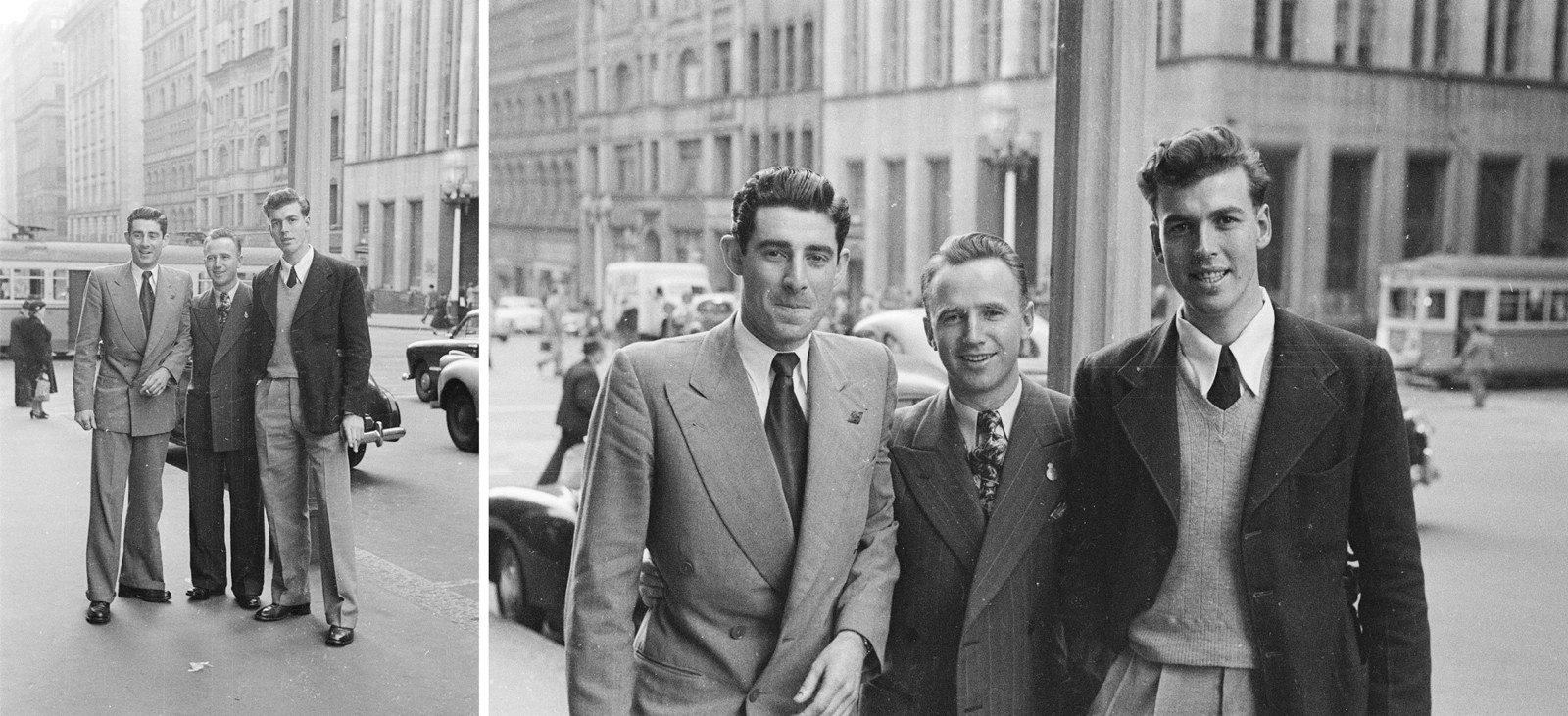
Snapped! The Ikon Studio street photographer at work
A remarkable acquisition of 5000 street snaps provides a lively and revealing record of one Sydney street in 1950 and offers a rare glimpse through the street photographer’s lens
Published on
Street phtography
Browse all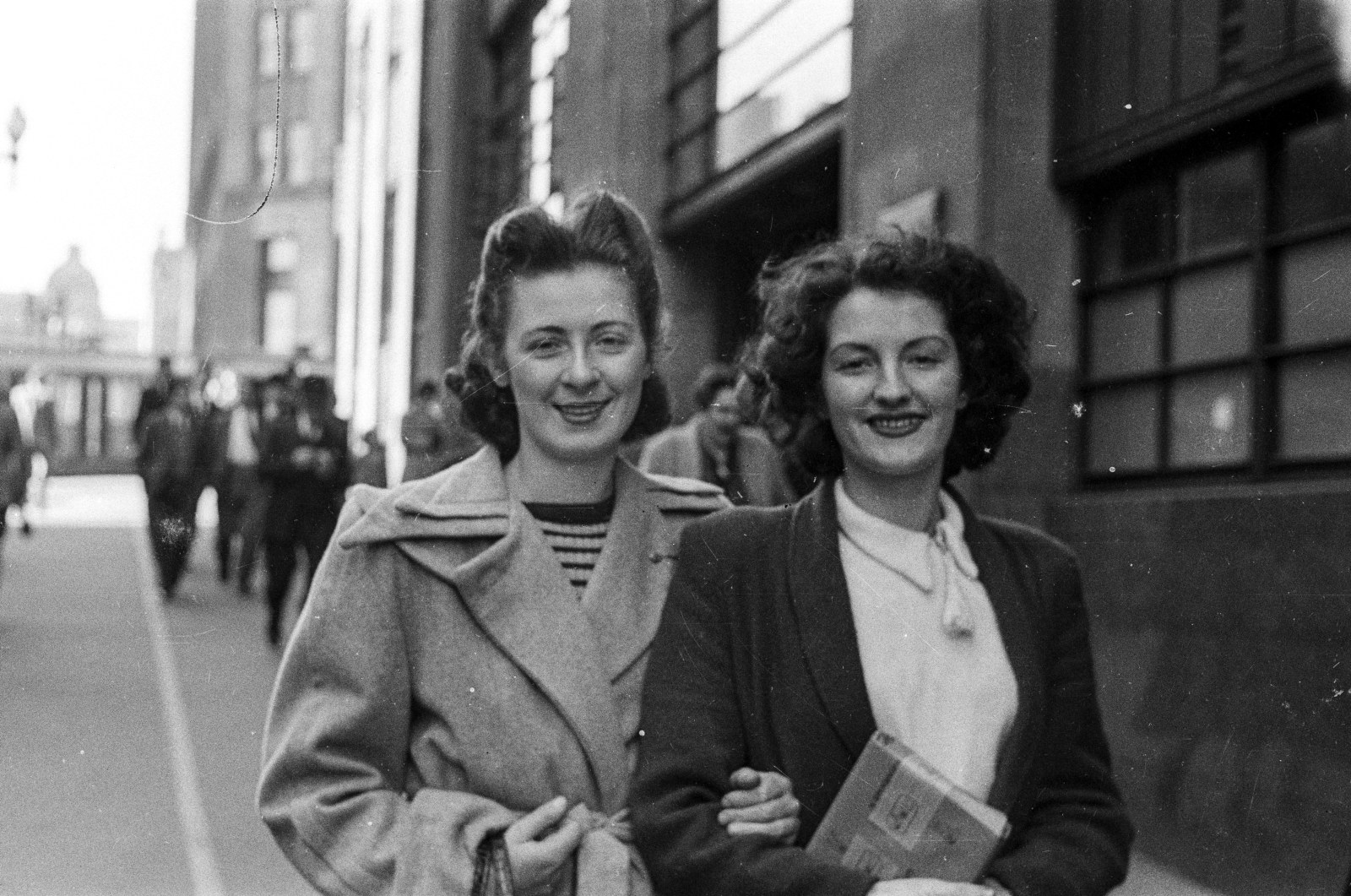
Ikon Studio: photo galleries
Browse a selection of images from the Ikon Studio collection shot between May and December 1950 in Martin Place, Sydney
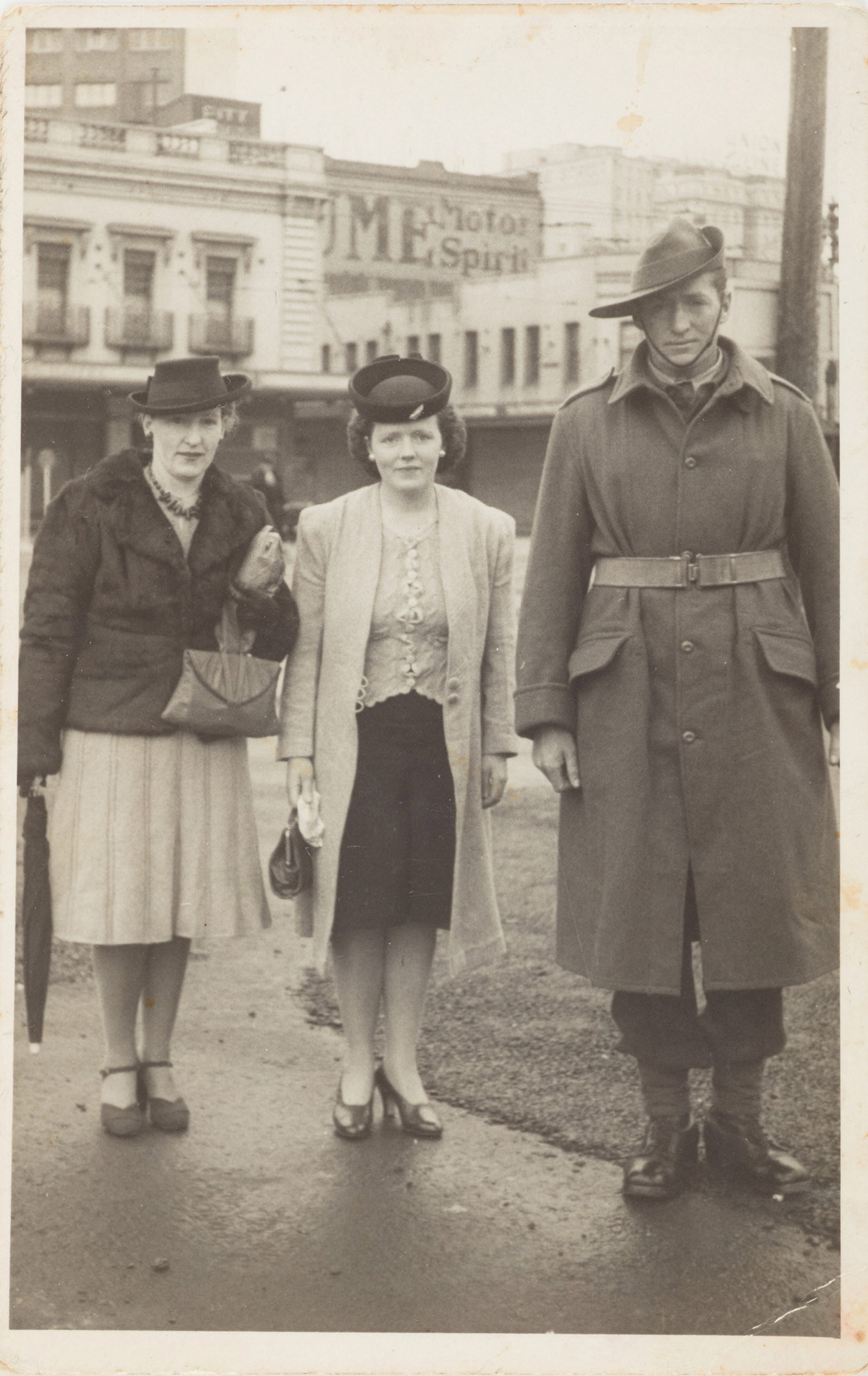
City of a million faces
The passing of years has given many street photographs greater significance than may have been anticipated when they were taken
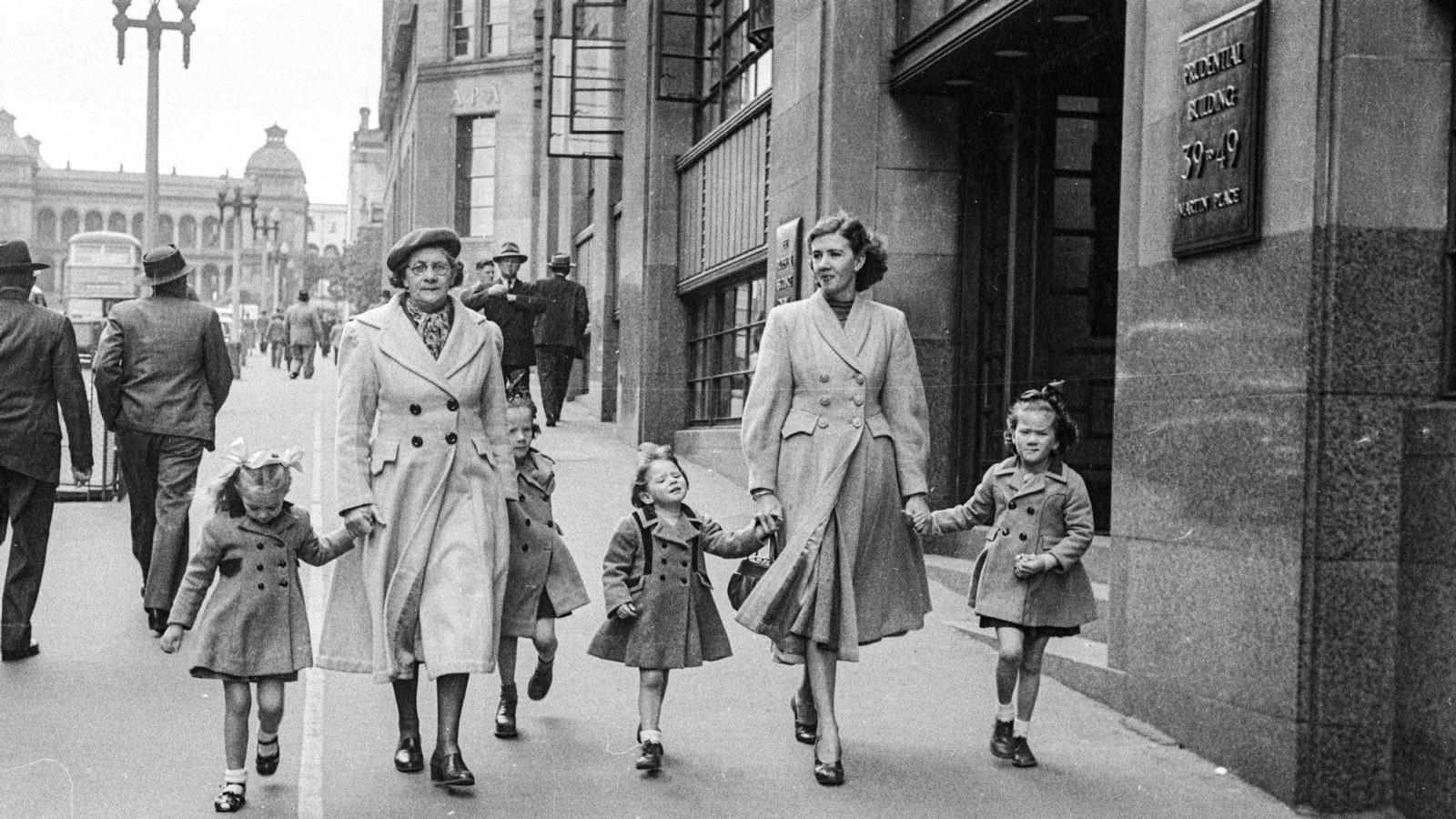
Ikon Studio
During the public call out for our Street Photography exhibition an extraordinarily rare collection of street photography negatives came to light. The Ikon Studio negatives provide a fascinating visual narrative of the street photographer at work

The street snapshot craze
Picture this: you and a friend are walking down a city footpath amid the lunchtime crowd. Suddenly a smiling man in a suit and tie with camera in hand steps forward and offers you a card. It reads: Your photograph has just been taken

Matching snapshots
The names and stories behind street photographs are often lost with the passing of time, and we were unable to identify many of the people whose images are featured in the Street Photography exhibition. However, we’ve since learnt the moving story behind one image, of two curly-haired children
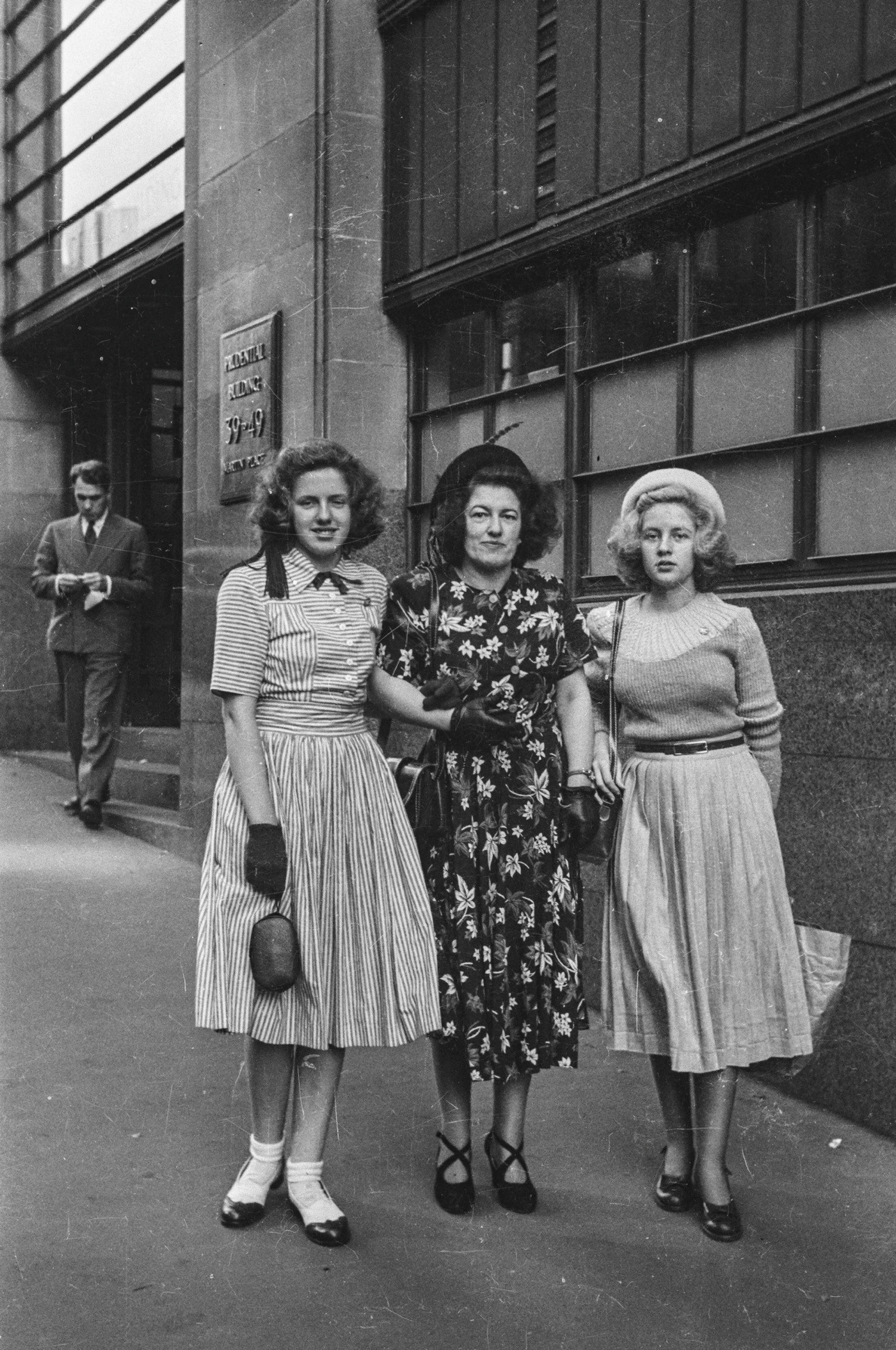
Family photo reunion
Imagine visiting an exhibition and discovering a photograph of yourself and your family that you had never seen before

Snapped! The Ikon Studio street photographer at work
A remarkable acquisition of 5000 street snaps provides a lively and revealing record of one Sydney street in 1950 and offers a rare glimpse through the street photographer’s lens

A popular nuisance – controlling the street photographers
By the mid-1930s the street photography ‘craze’ saw increasing numbers of photographers on Sydney’s streets – all competing for the best locations and the most promising marks
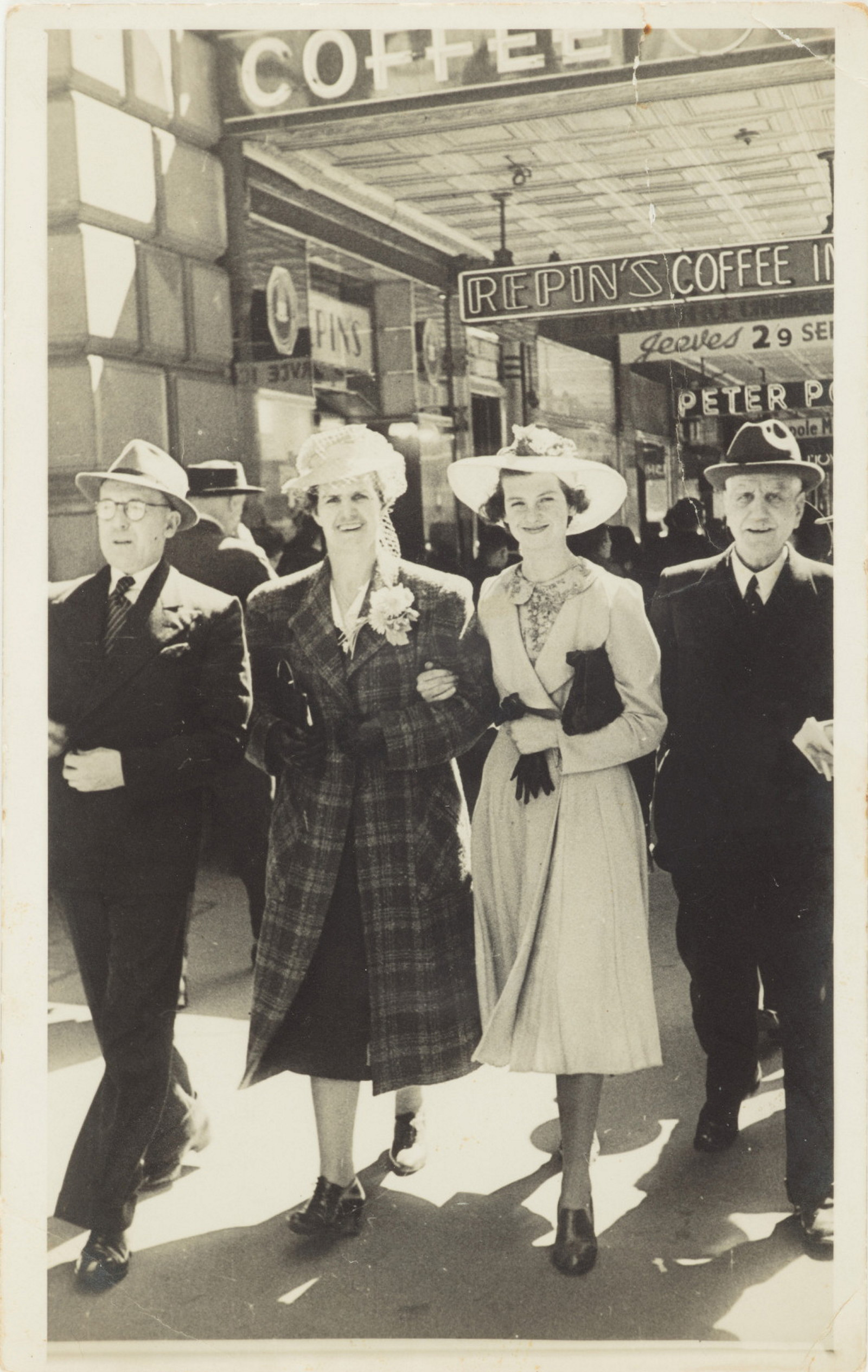
Signs of the times
In the background of many street photos are glimpses of Sydney’s architecture, from still-recognisable locations to popular landmarks of the day
Photo collections

A pictorial guide to identifying Australian architecture – photo collection
This collection of over 700 black and white photo prints was used to illustrate the book 'A pictorial guide to identifying Australian architecture' by Richard Apperly, Robert Irving and Peter Reynolds, first published in Sydney in 1989
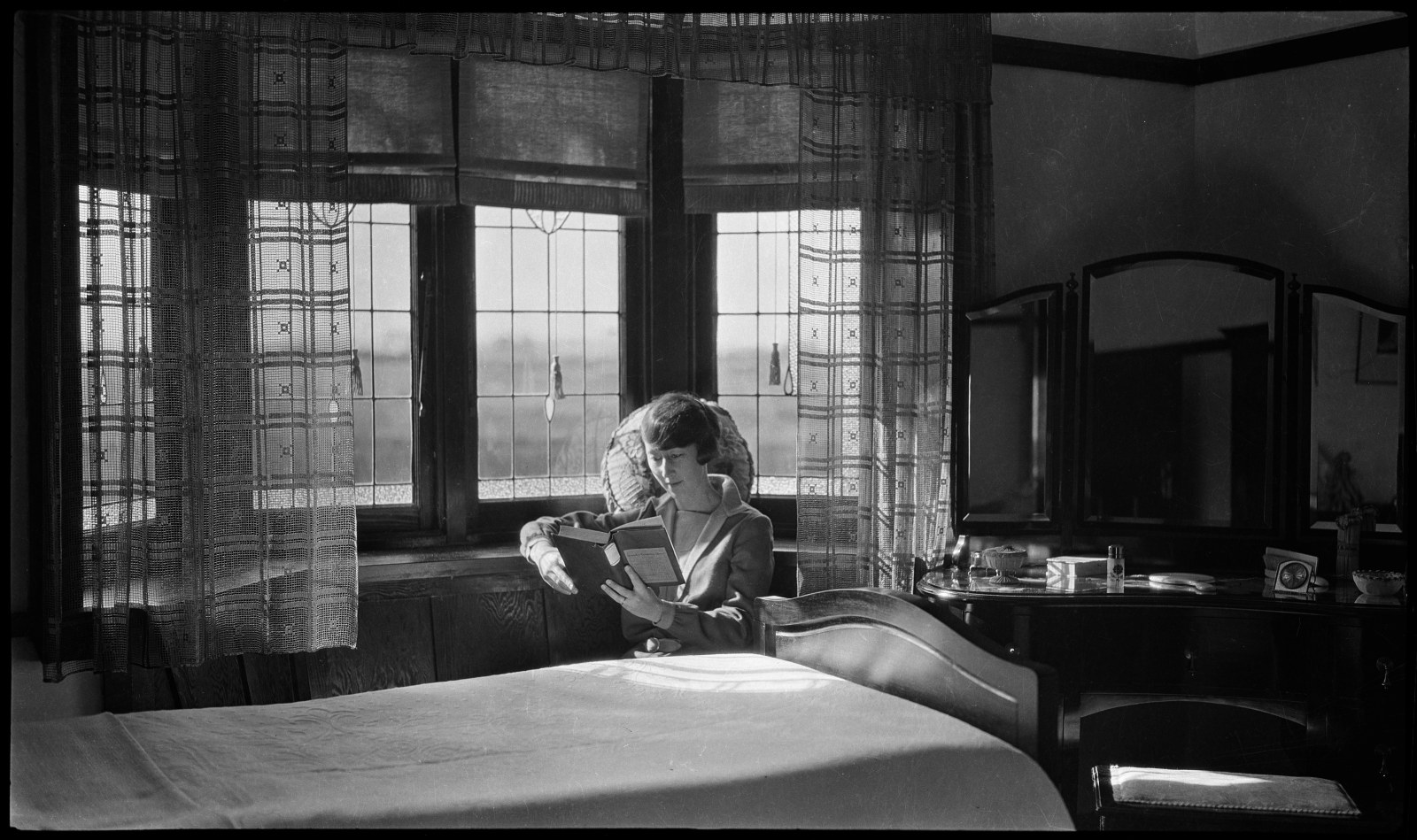
Alan Spearman Evans Collection
The Alan Spearman Evans Collection comprises over 2000 photographic images of houses, house interiors, garden landscapes and industrial workplaces in NSW

Barry Wollaston: historic buildings in the county of Cumberland (NSW), 1954
This collection consists of 232 photo negatives by architect and photographer Barry Wollaston of buildings in the Sydney region considered by the Royal Australian Institute of Architects in the early 1950s to be of architectural and historical value

Electricity Commission
These photos record the power generation and transmission assets of the organisation and document the working conditions and social events of its employees
